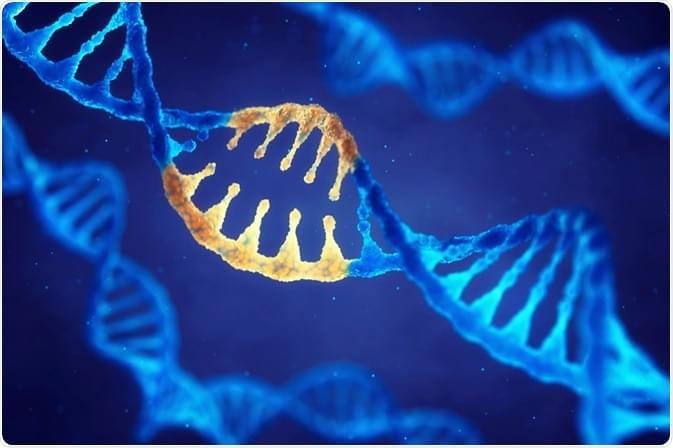Rare diseases affect 6–8% of the world’s population and, although we know that small changes in the patient’s DNA are responsible for causing the majority of cases, most people wait several years before they are diagnosed and potentially treated. This hunt for an explanation is extremely distressing for the patients and their families, as well as costing healthcare systems large sums of money for medical investigations and treatments.
Background
Even for the simplest cases, where a single change in a patient’s DNA disrupts a gene and always causes the rare disease, identifying which change in the three billion base pairs in each of our genomes is a huge challenge. Prior to the completion of the human genome in 2003, we did not even know what the normal state of affairs was. Even then, the available sequencing technology limited us to only interrogating small parts of a patient’s genome, directed by intelligent guesswork, with mixed results.
